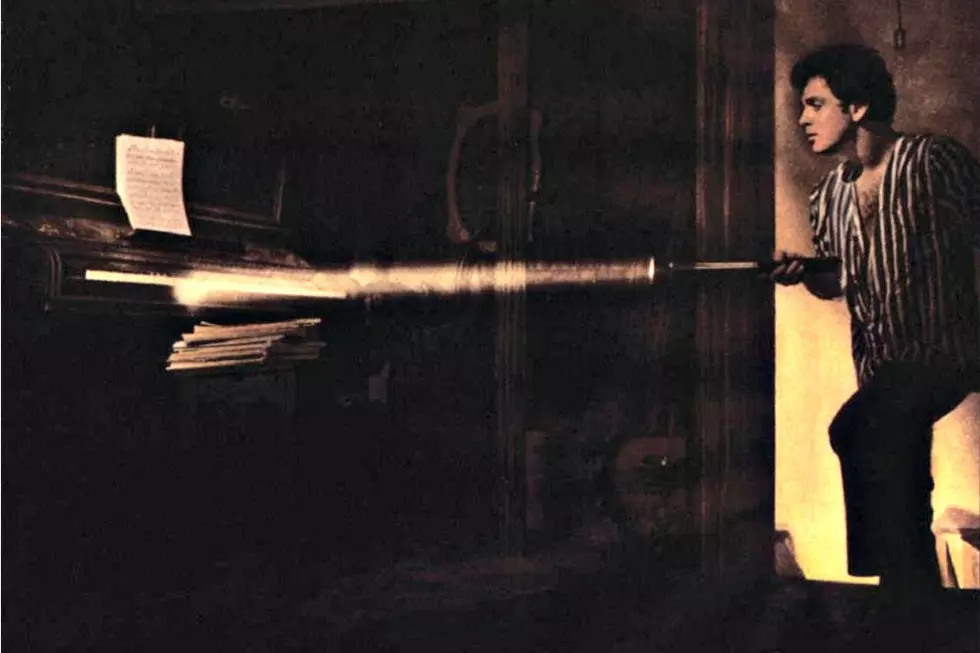
When Billy Joel Revisited His Past With ‘Songs in the Attic’
Billy Joel took the long road to success, and by the time he hit it big with 1977's The Stranger, he'd already released four other albums — most of which remained largely unheard as he moved into playing arenas in the '80s.
When it came time to release his first live album, Joel took advantage of his back catalog; instead of serving up reheated versions of his hits, he offered fans a fresh helping of his Songs in the Attic. Released Sept. 14, 1981, Songs was a deliberate attempt to introduce newer listeners to the earlier chapters of Joel's career while simultaneously rescuing them from the production missteps that plagued those records.
Starting with his debut release, 1971's Cold Spring Harbor, Joel had struggled consistently to bring his songs to life in the studio — Harbor was infamously mastered at the wrong speed, and over his next couple of albums, he'd worked with session players instead of his live band. The results were always competent and often interesting, but they lacked a certain spark.
After hooking up with producer Phil Ramone and finally finding the freedom to work with his own band in the studio, Joel reeled off the multi-platinum triple shot of The Stranger, 1978's 52nd Street, and 1980's Glass Houses, establishing himself as a worldwide superstar while earning himself the right to put out a holding pattern record between studio releases.
As Joel wrote on the back cover of Songs in the Attic, he didn't intend for it to be "the definitive 'live album' which would represent the shows we have been performing in recent years." Instead, it highlighted what Joel called "the gap between the records and the live shows" during that early phase of his career, by collecting recent live performances of road-tested material.
Listen to Billy Joel's 'Miami 2017'
"Something was missing on those old records," he wrote. "We liked the songs but the original studio recordings ... didn't have nearly as much energy as the live renditions. The live tapes were in fact much closer to the sound I had hoped to capture originally."
However they jibed with the songs Joel heard in his head, the Songs in the Attic performances offered a substantial improvement over their studio counterparts. Recorded during Joel's 1980 tour in an assortment of venues that ran the gamut from arenas to clubs, they captured Joel and his band at their peak, delivering loose, energetic performances to enthusiastic crowds — and revealing hitherto undiscovered power in largely ignored vault tracks like "Streetlife Serenader" or "Everybody Loves You Now."
As Joel's profile continued to rise throughout the '80s, he couldn't help but drift a bit from the raw, slightly cranky aggression captured in these early performances — partly a byproduct of his success, and partly as a result of the restlessness that would take him into the studio experimentation of 1982's The Nylon Curtain and the joyous nostalgia of 1983's An Innocent Man. His next live LP, 1987's Концерт, offered a snapshot of a bigger, slicker and in some ways less compelling phase of his career.
Non-"definitive" status notwithstanding, Songs in the Attic did exactly what it set out to do: "provide a selected sampling of the earlier stuff, played the right way — with honest road muscle." Taste is subjective and your mileage may vary, obviously, but it remains arguably Joel's defining statement as a concert performer.
"This album is ultimately a reunion with lovers past," he concluded in the Attic liner notes. "Reaffirming the faith that we in the band and those who had been to our shows during that time had forged in the crucible of the concert stage. This is the way the band and I want to play these songs."
Billy Joel Albums Ranked
More From Ultimate Classic Rock









